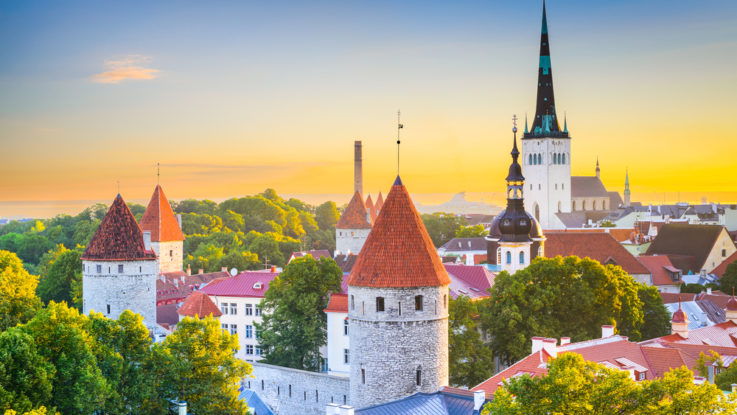
The city of Tallinn – the capital of Estonia – made a New Years’ resolution to build a more people-centered and sustainable city through “spatial creation.”
The spatial creation process will include dividing public space and street space in favor of sustainable ways of moving around, and planning a greener and more active urban space. Plans are in place to extend the tram network, further construction of the main network of cycle paths, along with organising architectural competitions and installing urban art.
The Tallinn Involvement Centre was created late last year and is described by city officials as “a unique city center engagement center to facilitate the participation of citizens in the process of shaping the city.” This year, it will make the commitment to organise more public discussion events and exhibitions on urban space. It will be used as an exhibition space in September of 2022, with city planners, architects, and designers introducing urban space solutions.
A plan – which was created last year for one of the city’s administrative districts – has been used to create a green network which connects green areas and light traffic systems. This has formed a system of health trails to encourage the use of sustainable methods of transportation, while also promoting the city’s biodiversity.
“The goal of Tallinn is to be a pleasant, environmentally friendly and accessible city with many streets, town squares, parks and other places of activity designed for people,” said Madle Lippus, deputy mayor of Tallinn. “An important part of such a space is modern street art and green areas and water bodies that preserve biodiversity. The district master plans, which will replace the city master plan established two decades ago, will play an important role in achieving all these goals.”